
Browse an alphabetical list of photographs. These historical images portray people, places, and events before, during, and after World War II and the Holocaust.
<< Previous | Displaying results 26-50 of 54 for "Photo" | Next >>
This wedding photo of Blanka and her husband Harry appeared in an Oregon newspaper. Blanka has no other photo of their wedding. "The war taught me that things are not important," she says.
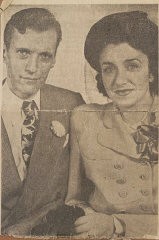
Bride and groom Laura Uziel and Saul Amarillo (center) pose with their extended families during their wedding. Salonika, Greece, 1938.
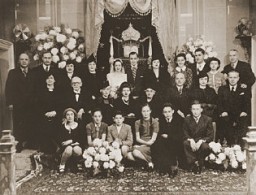
Wedding portrait of former Bielski partisan, Berl Kagan. Emden, Germany, April 3, 1948. Pictured from left to right are Ita Rubin (the bride), her mother, Sarah Rubin, and Berl Kagan. All three were passengers on the Exodus 1947.
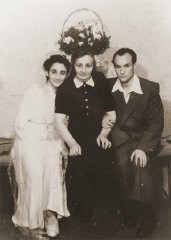
Portrait of Hilde and Gerrit Verdoner, with four bridesmaids, on their wedding day. The bridesmaids are: Jetty Fontijn (far left), Letty Stibbe (second from right), Miepje Slulizer (right), and Fanny Schoenfeld (standing, back). Amsterdam, the Netherlands, December 12, 1933.
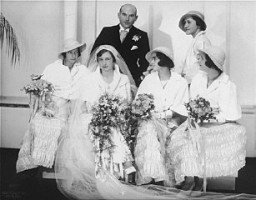
Wedding photo of Regina and Victor. New York City, March 8, 1953.
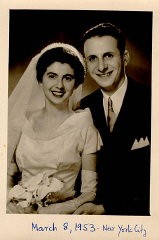
Wedding rings taken from prisoners. The rings were found near the Buchenwald concentration camp following liberation by US Army soldiers. Germany, May 1945.
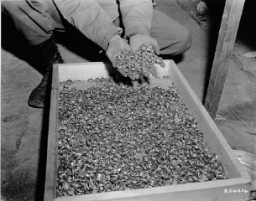
Police search members of the SA (Sturmabteilung) for weapons as they gather for a rally. This photo was taken during the years of the Weimar Republic, before the Nazi rise to power. Germany, 1929–1932.
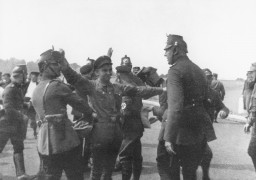
Until July 1942, Westerbork was a refugee camp for Jews who had moved illegally to the Netherlands. After the German conquest of the Netherlands, Westerbork was expanded into a transit camp for Jews deported from the Netherlands to killing centers.
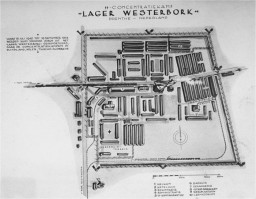
Alexander Schmorell, a member of the White Rose student opposition, upon his graduation from high school. Schmorell was arrested, condemned to death by the People's Court, and executed on July 13, 1943.
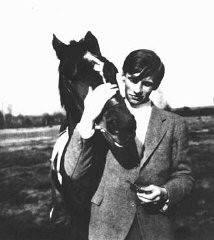
Wilhelm Keitel, head of the German Armed Forces High Command, who signed orders authorizing the shooting of Soviet prisoners of war. Germany, 1942.
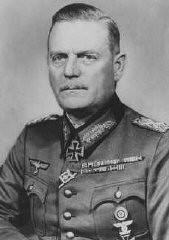
William Bein, director of the American Jewish Joint Distribution Committee (JDC) in Poland, with children at the Srodborow home for Jewish children, near Warsaw. The home was financed by the JDC. Srodborow, Poland, 1946.
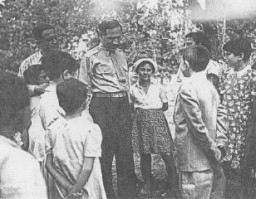
Winston Churchill (seated) at Westminster College on March 5, 1946, the day he delivered his “Iron Curtain” speech. Standing at the far right is US President Harry S. Truman. Behind them (left to right) are Admiral William D. Leahy, Captain Clark Clifford, and Major General Harry Vaughan. Photograph taken by Terry Savage. Fulton, Missouri.
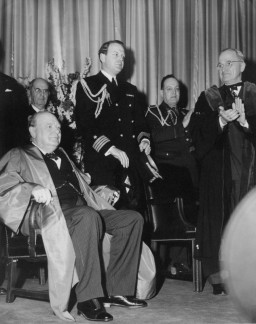
Walter Gumpert testifies for the prosecution during the Krupp Trial. Gumpert worked as a machinist at a Krupp factory. December 16, 1947.
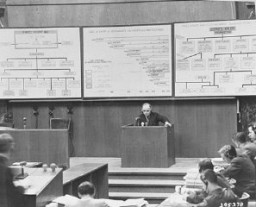
Wladislava Karolewska, a victim of medical experiments at the Ravensbrück camp, was one of four Polish women who appeared as prosecution witnesses at the Doctors Trial. Nuremberg, Germany, December 22, 1946.
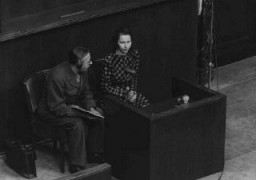
Women prisoners standing in front of barracks at the Gurs camp. Gurs, France, ca. 1943.
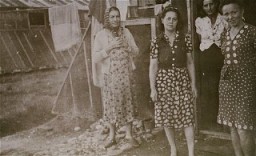
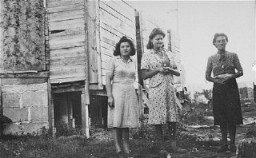
Women prisoners lie on thin mattresses on the floor of a barracks in the women's camp in the Theresienstadt ghetto. Czechoslovakia, between 1941 and 1945.

Women survivors huddled in a prisoner barracks shortly after Soviet forces liberated the Auschwitz camp. Auschwitz, Poland, 1945.
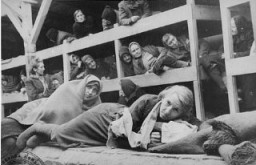
A crowd stands outside of a polling center in Berlin during the German national election in January 1919. This was the first election held under the Weimar Republic (1918–1933), as well as the first election in which women had the legal right to vote in Germany. Women's suffrage was declared in Germany only a couple of months earlier, on November 12, 1918. © IWM Q 110868
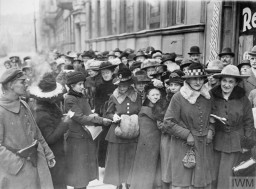
The armistice that ended the hostilities of World War I was signed in a railcar in the Forest of Compiègne. The railcar belonged to French Marshal Ferdinand Foch, the commander of the victorious Allied forces. © IWM Q 61172
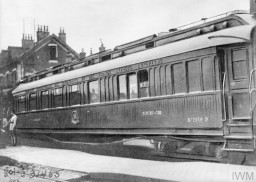
This 1919 photograph shows destruction in the leading business thoroughfare of Rheims after bombardment during World War I. Rheims, France, 1919.
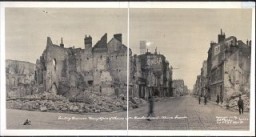
A man, women and a child sort through the rubble of a Polish home destroyed during World War I. Photograph taken ca. October 18, 1915.
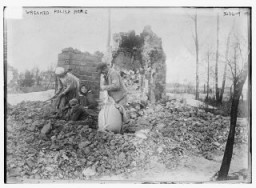
This 1919 photograph shows World War I destruction in Ypres, Belgium.
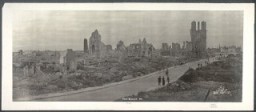
Ruins of the library in Louvain, destroyed during World War I. Louvain, Belgium, ca. 1914–1915

Scene of trench warfare: an abandoned British trench which was captured by German forces during World War I. German soldiers on horseback view the scene.
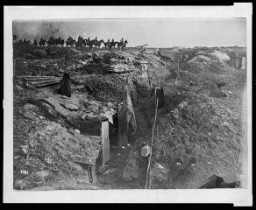
We would like to thank Crown Family Philanthropies, Abe and Ida Cooper Foundation, the Claims Conference, EVZ, and BMF for supporting the ongoing work to create content and resources for the Holocaust Encyclopedia. View the list of donor acknowledgement.